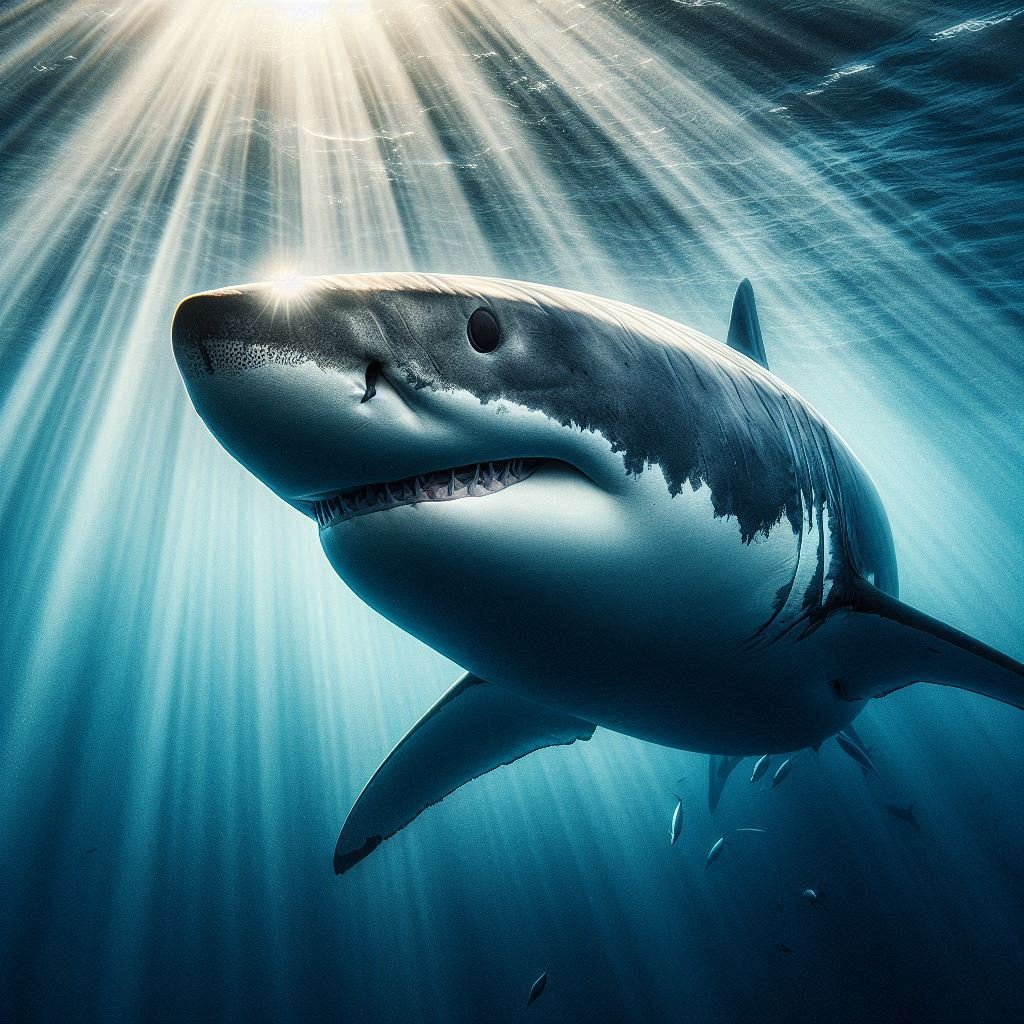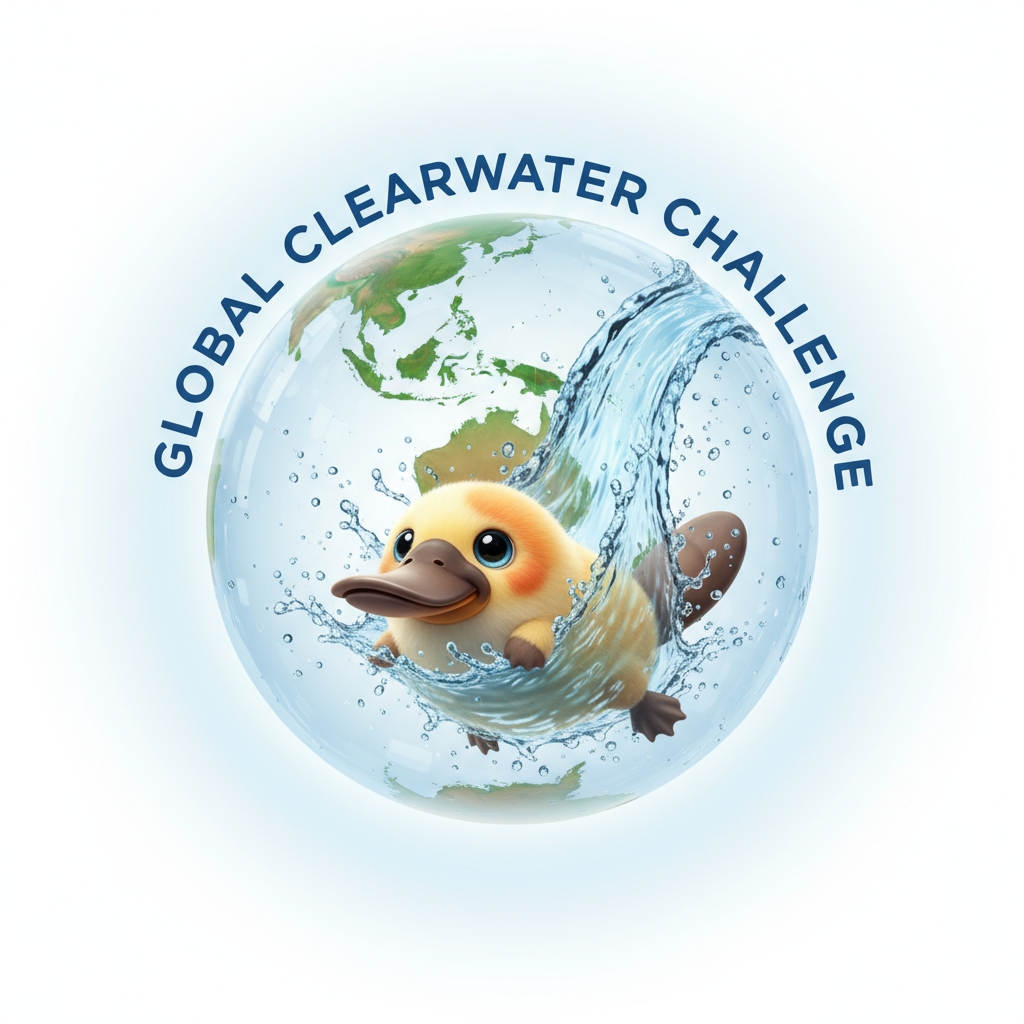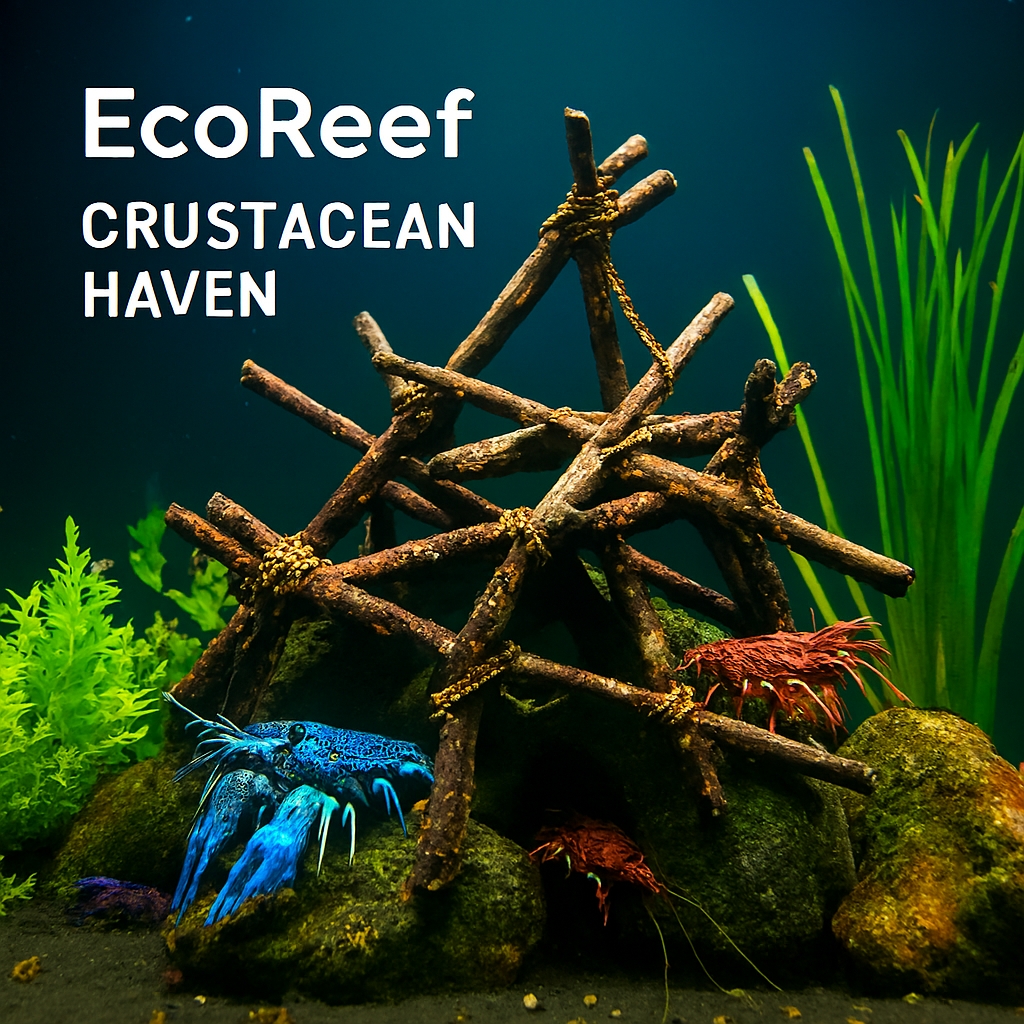The Mighty Predator Or Just The Great White Shark
Apex Predator of the Oceans
The great white shark is scientifically known as Carcharodon carcharias. This shark is thought to be one of the most formidable predators in the ocean. Known for its sheer size, powerful build, and keen senses, the great white shark has long been a subject of fascination and fear. These sharks can grow up to 20 feet in length and weigh over 5,000 pounds, making them one of the largest predatory fish in the world.
Ecological Role and Impact
As an apex predator, the great white shark plays a crucial role in maintaining the balance of marine ecosystems. By preying on weaker or sick individuals, great white sharks help keep the populations of various marine species in check, preventing overpopulation and promoting genetic diversity. This natural selection process ensures the overall health and stability of the oceanic food web.
Trophic Cascades
The presence of great white sharks in an ecosystem can trigger a phenomenon known as a trophic cascade. When top predators like great white sharks regulate the populations of their prey, it can lead to a series of positive effects throughout the entire food chain. For example, by controlling the population of seals, great white sharks can indirectly benefit fish populations that seals prey upon, leading to a more balanced and thriving ecosystem.
Habitat and Distribution
Great white sharks are found in coastal and offshore waters around the world, from temperate to tropical regions. They are known to migrate long distances, sometimes crossing entire ocean basins in search of food and breeding grounds. Their ability to adapt to different environments and travel vast distances makes them a key player in the marine ecosystem.
Breeding and Nursery Grounds
Certain areas, such as the waters off the coast of South Africa, California, and Australia, serve as important breeding and nursery grounds for great white sharks. These regions provide the necessary conditions for shark pups to grow and develop, ensuring the continuation of the species.
Human Impact and Conservation
Overfishing, bycatch, habitat destruction, and illegal hunting for their fins and teeth have significantly impacted their populations. Additionally, climate change and pollution pose further risks to their survival.
Conservation Efforts
To protect great white sharks, various conservation measures have been implemented worldwide. Marine protected areas, fishing regulations, and public awareness campaigns aim to reduce the threats to these sharks and promote their conservation. Organizations and researchers are also working to better understand their behavior, migration patterns, and population dynamics to develop effective conservation strategies.

Interaction with Marine Biodiversity
Predator-Prey Relationships
Great white sharks have complex interactions with other marine species. Their primary diet consists of seals, sea lions, fish, and even smaller sharks. By preying on these animals, great white sharks help control their populations and maintain the balance within the marine ecosystem.
Scavenging Behavior
In addition to active hunting, great white sharks are known to scavenge on carcasses of dead whales and other large marine animals. This scavenging behavior not only provides them with a substantial food source but also aids in the decomposition and recycling of nutrients in the ocean.
Impact on Marine Tourism
Great white sharks have also become a significant attraction in marine tourism. Shark cage diving and ecotourism provide opportunities for people to observe these majestic creatures up close in their natural habitat. This form of tourism can generate revenue for local economies and raise awareness about the importance of shark conservation.
Research and Technological Advances
Tracking and Monitoring
Advances in technology have enabled researchers to track and monitor the movements of great white sharks more accurately. Satellite tags, acoustic monitoring, and underwater cameras provide valuable data on their migration patterns, behavior, and interactions with other marine species. This information is crucial for developing effective conservation strategies and understanding the ecological role of great white sharks.
Genetic Studies
Genetic studies have also shed light on the population structure and genetic diversity of great white sharks. By analyzing DNA samples, researchers can identify distinct populations and assess their health and resilience. This information is essential for designing targeted conservation efforts and managing shark populations sustainably.

Threats from Climate Change
Ocean Temperature and Acidification
Climate change poses significant threats to great white sharks and their habitats. Rising ocean temperatures can affect the distribution of prey species, forcing sharks to adapt to new feeding grounds. Ocean acidification, caused by increased carbon dioxide absorption, can also impact the availability of prey and disrupt the marine food web.
Habitat Loss
Coastal development and habitat destruction further exacerbate the challenges faced by great white sharks. The loss of critical breeding and nursery grounds can have long-term effects on shark populations, making conservation efforts even more vital.
Public Perception and Education
Misconceptions and Media Portrayal
The great white shark has often been portrayed as a ruthless predator in popular media, leading to misconceptions and fear. Movies and sensationalized news stories have contributed to the negative image of these sharks, overshadowing their ecological importance.
Education and Awareness
Efforts to educate the public about the true nature of great white sharks are essential for their conservation. By promoting a better understanding of their behavior and ecological role, we can reduce fear and encourage more positive attitudes towards shark conservation.

International Collaboration
Global Conservation Initiatives
Conserving great white sharks requires international collaboration and cooperation. Many countries have implemented regulations and protections, but coordinated efforts are needed to address the threats they face on a global scale.
Research Networks
Researchers and conservationists from around the world are working together to share data, resources, and strategies to protect great white sharks. Collaborative research projects and international agreements play a crucial role in ensuring the survival of these apex predators.
Conclusion
The great white shark is not just a fearsome predator but also a vital component of marine ecosystems. As an apex predator, it helps maintain the balance of the oceanic food web, promoting biodiversity and ecosystem health. Despite facing significant threats from human activities, ongoing conservation efforts and research are helping to protect these magnificent creatures and ensure their continued survival. By understanding and appreciating the ecological role of great white sharks, we can better appreciate the intricate and interconnected nature of our planet’s marine environments.
Join the Discussion
Do you have any fascinating facts or personal experiences related to these apex predators? How do you feel about the conservation efforts being made to protect them?













Understanding The Important Idea Why Whales And Dolphins Get Beached
[…] while attempting to escape from predators. Orcas (killer whales), for example, are known to hunt other marine mammals. In a desperate bid for survival, some animals may seek refuge onshore, resulting in […]